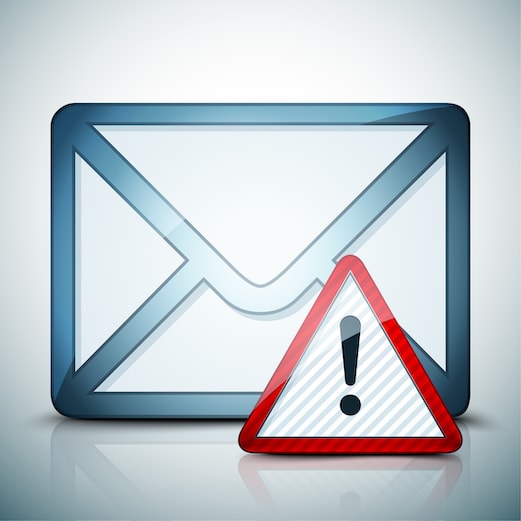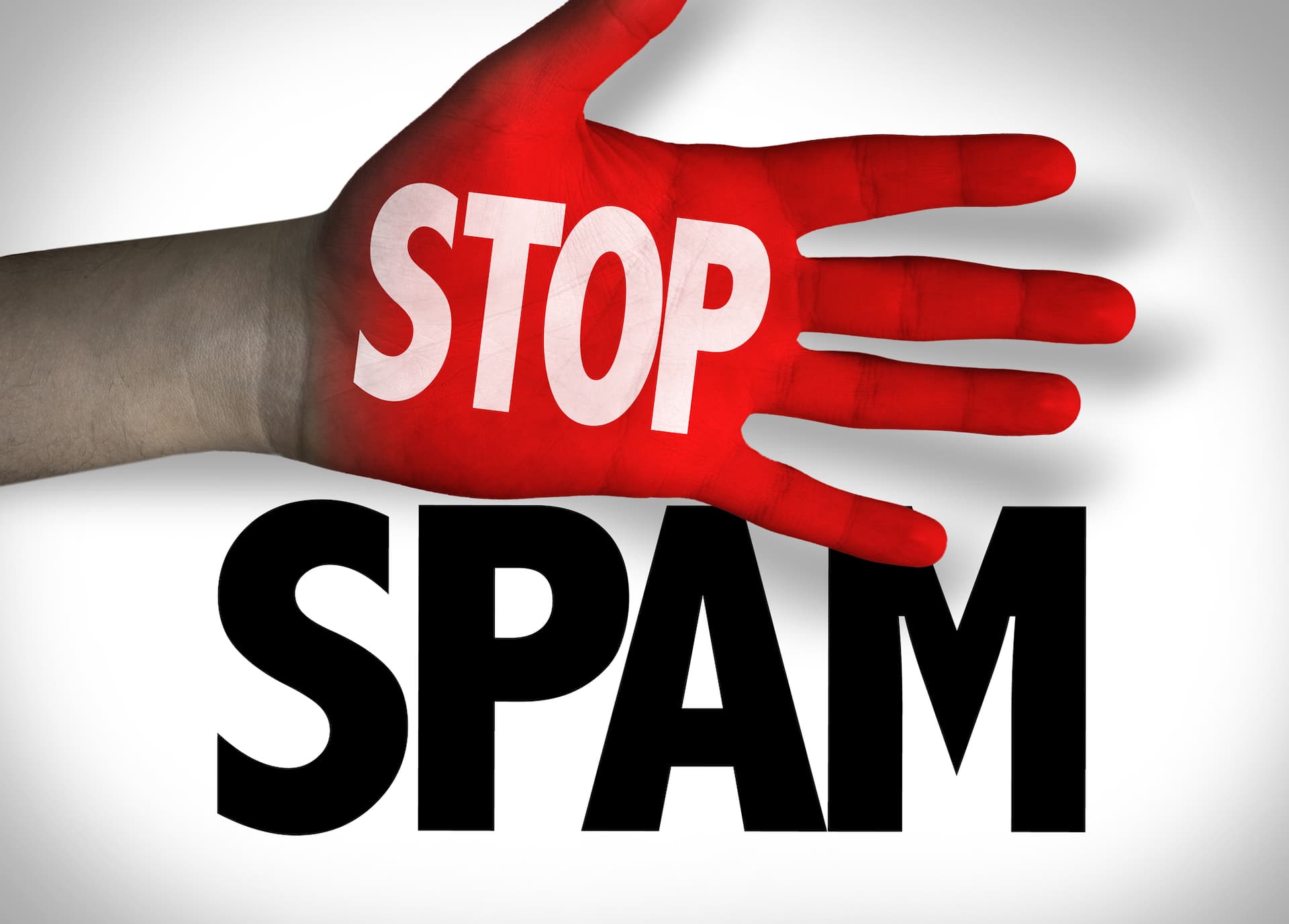
Do you send emails to clients or customers? Even more, do you rely on email marketing as a part of your online strategy (as you should)?
If so, chances are you’ve been struck by the same dreadful thought most online marketers have when looking at subpar results: “Wait… Are my emails even getting delivered?”
Then there’s an even worse scenario. Your client informs you that they finally found your important email—in the spam or junk mail folder!
Not only is this embarrassing, it’s awful for business.
Unfortunately, it’s a little too easy to make mistakes that could get your emails lumped in with the spammers. So, how do you navigate this boxing ring of deliverability without getting knocked out in the process? Here are some tips that can put you on the right path to achieving high deliverability.
Good Email Deliverability Starts with Subscriber List Best Practices
Many problems with email deliverability are rooted in issues with how businesses collect and manage email lists. Best practices include the following:
- Make sure you get explicit permission to send emails to an address (and don’t bury the permission in your Privacy Policy), or else your emails will have high complaint rates and low engagement levels.
- Create your own lists and never buy or rent third-party lists or use a list derived from another site with permission specific only to that site.
- Don’t pre-check the opt-in box to add subscribers to your list. Instead, let the user check the box indicating they want your emails.
- Consider a double opt-in signup process to confirm that your subscribers are not giving you a bogus address and are interested in your emails.
- Don’t incentivize email sign-ups since a good percentage of people will use a fake address to sign up to get your incentive. This will increase invalid and complaint rates and could seriously damage your reputation.
- Do away with duplicate addresses from your lists so your subscribers don’t get more than one copy of any email.
- Addresses inactive for a very long time may have become invalid or converted to a spam trap. So, it’s best to remove them from your list.
Build a Relationship with Your Subscriber
 Strengthen your connection with people who sign up for your emails.
Strengthen your connection with people who sign up for your emails.
- Send a welcome letter to your new subscribers no later than three days after signing up.
- Create a good impression by engaging right away. Send the first regular email within ten days of subscribing.
- Maintain a consistent “from” name and email address – preferably your company’s name. This is partially for the ISPs and partially for your subscribers. It helps them recognize you, making them less likely to feel like they’re being spammed.
- Match the look and feel of the branding and style of the website where your subscribers signed up. This gives them a comfort level by making your emails familiar to them.
- Ask them to add your name to their address book and include a prominent line in your email asking subscribers to add you to their mailbox or safe senders list. This essentially “whitelists” you for that subscriber and makes you a responsible marketer in the eyes of the ISPs.
Be Polite When Asked to Leave
If people want to unsubscribe:
- Include a prominently displayed unsubscribe link near the top of the page.
- Honor un-subscriptions and process them right away. Otherwise, requests can quickly turn into spam complaints and destroy your deliverability. A good email software program will automatically do this for subscribers who click the provided unsubscribe link.
Don’t Ignore the Nuts and Bolts
- Use an inbox monitoring tool to see how your campaign performs.
- Know what your message looks like on the different platforms. If your email looks broken, you’ll disappoint your subscribers and erode your brand.
- Run messages through a Spam Assassin tool to check your email’s content and other factors that may suggest spam to ISPs.
- Test all links in messages before sending. A link that’s not working leaves a bad impression and could prompt your subscriber to unsubscribe or mark your message as spam.
- Include a text-only version of the email. If a subscriber can’t receive HTML or is reading your email on a cell phone without HTML capability, your message won’t be seen.
Be Aware of Domain Blacklisting
Another way your emails can get tagged as spam is if your domain makes its way onto one of the “blacklists.” This can happen if your site is hacked and used as a spam generator. You can visit https://www.spamhaus.org/lookup/ and enter your domain in the lower search box to test it. If your domain is on the list, get help to remove it as quickly as possible. (We can help with that…)
Will these tips get you “guaranteed inbox delivery”? No. Nobody can guarantee that. Even the best campaigns can run into occasional glitches that cause the mail to be filtered as spam.
But what CAN be guaranteed is that high engagement and low complaints will improve or restore your sender reputation with the ISPs. In turn, you’ll have the best shot at reaching your goal: your recipient’s inbox.



